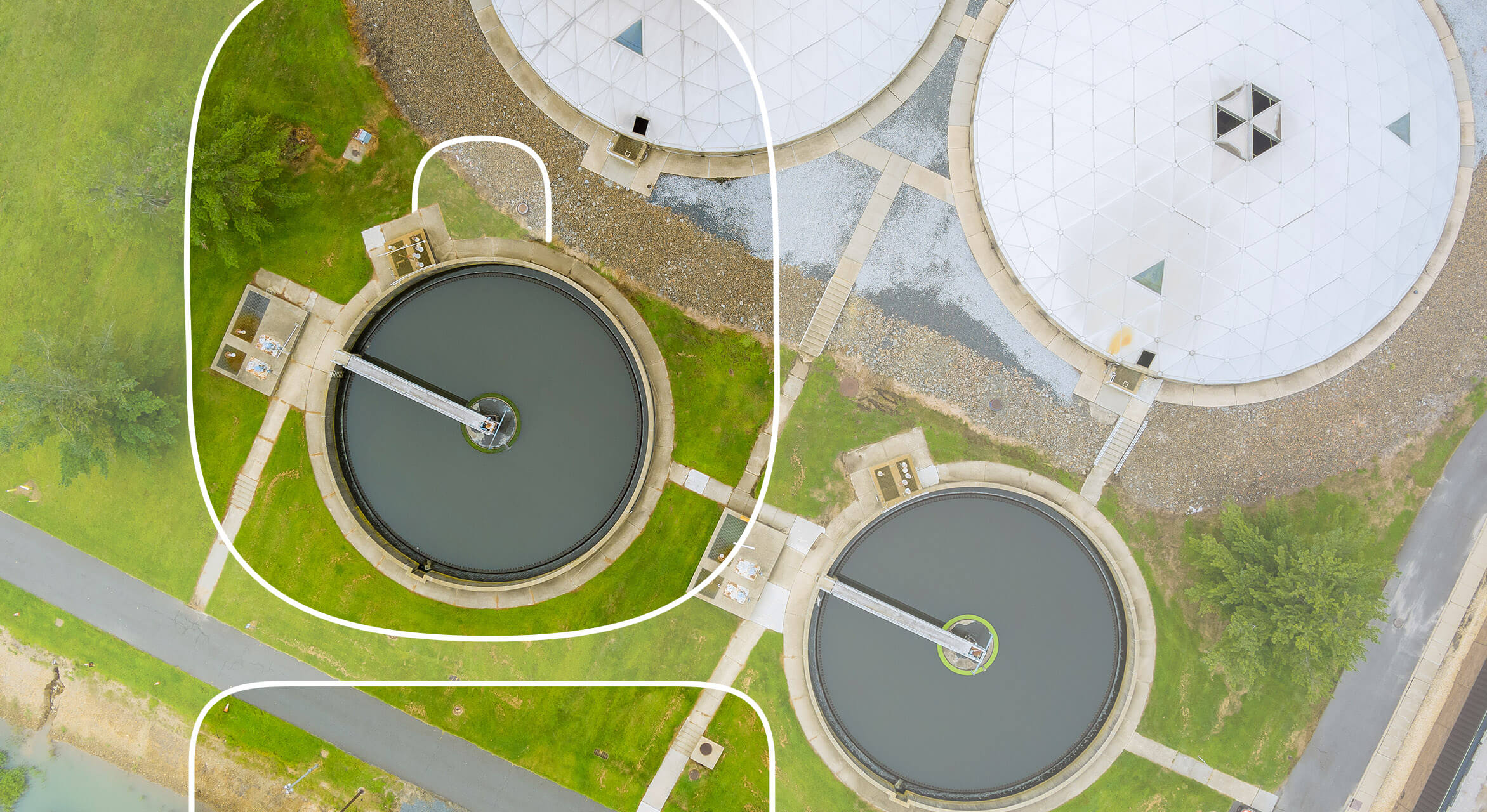Understanding Wastewater Treatment Processes and Their Environmental Effect
The intricacies of wastewater treatment processes play a crucial role in mitigating ecological obstacles linked with water contamination. Each phase, from initial to advanced treatments, is made to resolve specific contaminants, ultimately protecting both public wellness and water environments.
Summary of Wastewater Treatment
Exactly how is wastewater changed into a secure resource for the setting? Wastewater therapy is a crucial process created to remove impurities from used water, consequently guarding public health and protecting environments. This process begins with the collection of wastewater from household, industrial, and commercial sources, which is then directed to therapy facilities.
At these centers, numerous physical, chemical, and organic methods are utilized to treat the wastewater. Ultimately, organic treatments, such as triggered sludge processes, use microbes to damage down organic matter.
The dealt with effluent can be securely discharged into all-natural water bodies or recycled for irrigation and commercial functions, advertising resource conservation. Furthermore, the treatment procedure creates biosolids, which can be repurposed as plant foods or soil amendments, further boosting sustainability.
Phases of Treatment Processes
The wastewater treatment procedure commonly is composed of three key stages: preliminary, primary, and secondary treatment. Each stage offers an unique function in reducing the toxin load and making certain the effluent fulfills environmental criteria before discharge.

The key treatment stage focuses on the physical separation of suspended solids from the wastewater. Via sedimentation, heavier particles work out at the base of sedimentation storage tanks, creating sludge, while lighter materials, such as oils and oils, float to the surface area and are skimmed. This process considerably minimizes the organic and not natural lots in the wastewater.
Second therapy is a biological procedure targeted at further minimizing the focus of natural matter. Numerous approaches, consisting of turned on sludge systems and flowing filters, utilize microorganisms to metabolize organic toxins. This phase is vital for accomplishing the essential biochemical oxygen demand (BOD) reduction, inevitably bring about cleaner effluent all set for discharge or further treatment. Each stage is important in guarding environmental and public wellness.

Advanced Treatment Technologies
Complying with the additional therapy processes, progressed treatment modern technologies play a vital duty in further improving the top quality of dealt with wastewater. These technologies are made to eliminate residual pollutants that are not efficiently gotten rid of throughout main and second treatments, ensuring the effluent fulfills rigid governing criteria.
Amongst the widely utilized advanced therapy approaches are membrane layer filtering, reverse osmosis, and progressed oxidation procedures. Membrane layer filtration, consisting of microfiltration and ultrafiltration, works in separating great bits, virus, and colloids from the water (Wastewater). Reverse osmosis utilizes semi-permeable membranes to eliminate dissolved solids, resulting in high-grade water appropriate for numerous applications
Advanced oxidation procedures (AOPs) employ strong oxidants to degrade organic toxins, consisting of drugs and individual treatment products that are immune to conventional treatment. These techniques enhance the biodegradability of intricate substances, facilitating their elimination.
One more significant innovation is the use of organic nutrient elimination processes, which specifically target nitrogen and phosphorus, stopping eutrophication in obtaining water bodies. In general, sophisticated treatment technologies are vital for accomplishing greater degrees of purification, promoting water reuse, and guarding public wellness while addressing the difficulties connected with wastewater management.
Environmental Benefits of Therapy
Countless environmental benefits arise from efficient wastewater therapy processes that add to ecosystem health and wellness and sustainability. Mostly, these processes substantially reduce the launch of harmful toxins right into all-natural water bodies, which assists maintain marine ecological communities. visit this page By removing pollutants such as hefty steels, nutrients, and pathogens, dealt with wastewater minimizes the threat of waterborne diseases and promotes biodiversity in aquatic environments.
Moreover, wastewater treatment centers usually utilize sophisticated technologies that enable water recycling and reuse. This technique not just saves freshwater sources however additionally lowers the need on all-natural water supplies. Enhanced nutrient removal from wastewater can likewise prevent eutrophication, a procedure that brings about algal flowers and subsequent oxygen deficiency in water systems.
Additionally, reliable therapy procedures can reduce greenhouse gas exhausts, especially methane and nitrous oxide, which are frequently released during without treatment wastewater decomposition. By catching and utilizing biogas from anaerobic digesters, centers can convert waste into renewable resource, therefore contributing to a decrease in nonrenewable fuel source dependency.
Difficulties and Future Trends
While the ecological advantages of wastewater therapy are clear, numerous difficulties continue that prevent optimum outcomes in this field. One significant issue is aging framework, which frequently results in inefficiencies and boosted functional prices - Wastewater. Several therapy plants were created years ago, and their capacities do not align with modern needs, which include more stringent governing criteria and greater quantities of wastewater as a result of urbanization

Looking in advance, there is a growing focus on source healing and circular economy concepts within wastewater therapy. Innovations such as anaerobic food digestion, which can produce biogas, and advanced purification modern technologies are obtaining more helpful hints traction. These methods not only improve treatment efficiency but also advertise sustainability.
Inevitably, resolving these challenges calls for cooperation among stakeholders, financial investment in modern technology, and a commitment to recurring study. By welcoming these patterns, the wastewater therapy market over at this website can progress to fulfill the demands of a transforming environment and culture.
Final Thought
Finally, wastewater therapy procedures play a vital role in improving ecological top quality and public health and wellness. The multi-stage treatment framework, coupled with advanced technologies, efficiently alleviates pollution and promotes lasting water administration. By resolving residual contaminants and reducing nutrition runoff, these processes contribute to the conservation of aquatic environments and the reduction of greenhouse gas discharges. Continued advancements and adjustments in therapy methods will certainly be vital for getting rid of emerging obstacles and guaranteeing the sustainability of natural deposits (Wastewater).